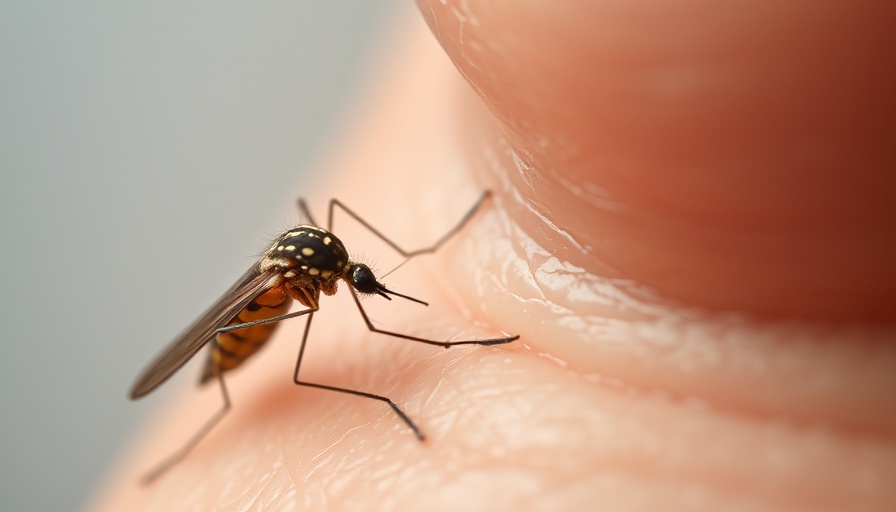
RFK Jr. Calls for Reassessing Mifepristone: What It Means for Medication Abortions
In a significant move, Robert F. Kennedy Jr., the U.S. Secretary of Health and Human Services, has announced a fresh review of mifepristone, a medication widely used for abortion. This review, requested from FDA Commissioner Dr. Marty Makary, emphasizes the importance of examining current data surrounding the drug’s safety and efficacy. Notably, the FDA has not indicated when this new review will take place.
The Drug in Question: Mifepristone's History and Usage
Mifepristone, which has been joined with misoprostol for medication abortions, gained FDA approval in 2000 following extensive scrutiny. With over five million prescriptions filled since its debut, this drug plays a vital role in reproductive healthcare. Nevertheless, a 2023 study from the Guttmacher Institute highlights that medication abortions now comprise over 60% of all abortions in the U.S. This surge raises critical conversations around the drug’s safety amidst ongoing political and medical debates.
Examining Safety Concerns: Are They Justified?
Following RFK Jr.'s call for a review, a study claiming that 10% of mifepristone patients experience serious adverse events has gained attention. Yet, experts argue that this figure is misleading. Dr. Céline Gounder elaborates that certain outcomes, such as bleeding or the need for a surgical procedure after an unsuccessful medication abortion, do not inherently classify as severe adverse reactions. The medical community stresses that experiencing some side effects—like bleeding—is a normal part of medication abortion, contrasting with the alarm that the study's statistics might evoke.
State-Level Laws and Access to Mifepristone
As of now, 28 states have enacted laws that restrict access to mifepristone. Four states even prohibit mailing the medication, increasing barriers for those seeking a medication abortion. This context reveals the ongoing struggle over reproductive rights in America, especially given that the Supreme Court recently upheld access to mifepristone, affirming that legal challenges against the drug had no standing.
Why This Review Matters: Future Implications for Women's Health
The implications of RFK Jr.'s initiative are vast. If the FDA finds significant safety concerns with mifepristone post-review, it could trigger further restrictions, directly affecting access for women across the U.S. On the contrary, if the review reinforces current safety data, it may curb the misinformation surrounding the drug, especially as more women seek out medication alternatives to traditional surgical options.
For anyone concerned about reproductive health and medication abortion options, staying informed about ongoing regulatory reviews is critical. For those wanting more information about drugs like mifepristone, including risks and benefits, please reach out to us for tailored resources that can guide you through these significant healthcare topics.
 Add Row
Add Row  Add
Add 




Write A Comment